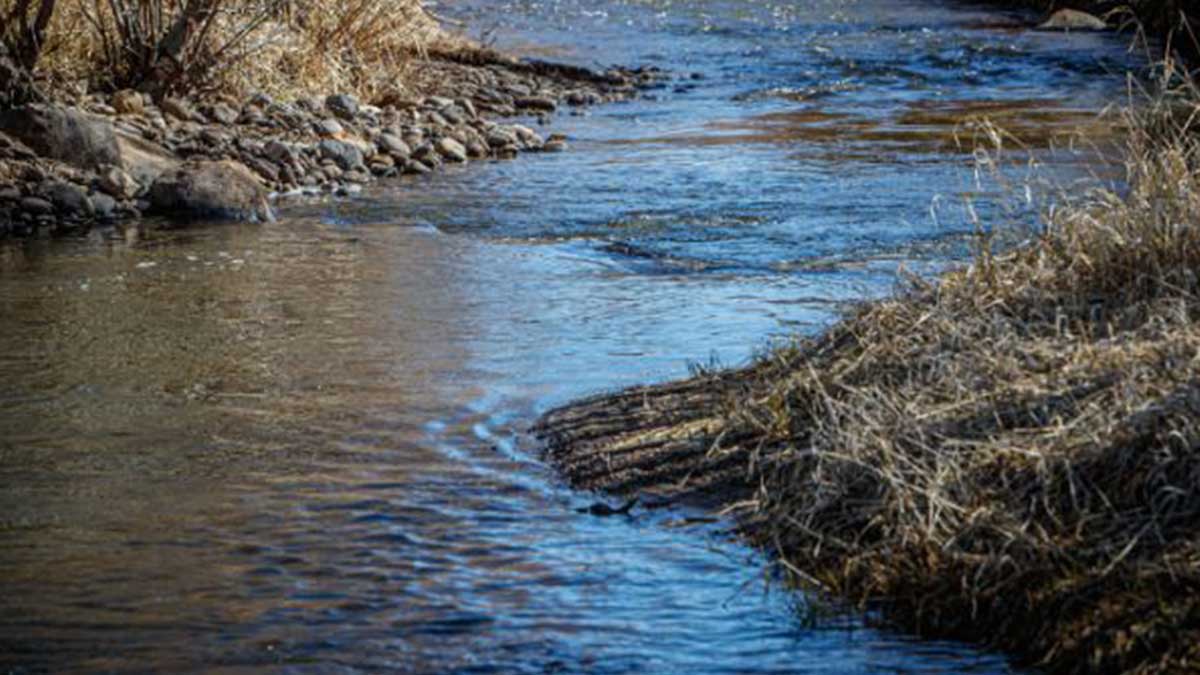The mission of the Rocky Mountain Elk Foundation is to ensure the future of elk, other wildlife, their habitat and our hunting heritage. It goes without saying that when a habitat enhancement project is completed to maintain or improve habitat for elk that such work also benefits many other species. RMEF also occasionally provides funding to assist sister conservation groups to support wildlife and hunting.
For example, RMEF recently joined more than two dozen other partners and private landowners in support of a National Wild Turkey Federation (NWTF) initiative to enhance wildlife habitat along rivers and streams, while improving the critical water resources provided by those areas.
“The fast-building momentum of this initiative is a result of our strong conservation partnerships and the all-encompassing work our Waterways for Wildlife seeks to accomplish. It was really easy to bring a diverse group of partners to the table for the common good,” said Jared McJunkin, NWTF director of conservation operations for the central region.
Riparian areas are natural ecosystems located along the banks of rivers, streams, creeks or any other water network. While riparian areas make up less than 1.5% of the entire landscape in the Great Plains, more than 70 percent of all Plains wildlife species depend upon these areas for water, food, cover, roosting, nesting and as travel and migration corridors.
Riparian areas are a natural magnet for wild turkeys and hundreds of other species of wildlife. These areas are also important for fish and other aquatic species, as they help control erosion and filter excess nutrients and chemicals from surface runoff that can adversely affect spawning and rearing areas. Riparian areas also serve to control flooding, improve water quality, provide for community and agricultural water supply demands while also recharging underground aquifers.
(Photo credit: National Wild Turkey Federation)
